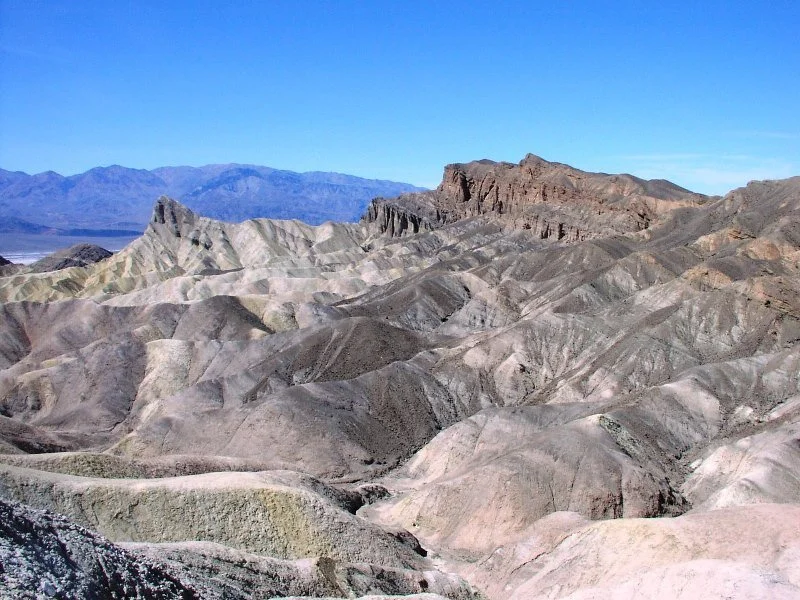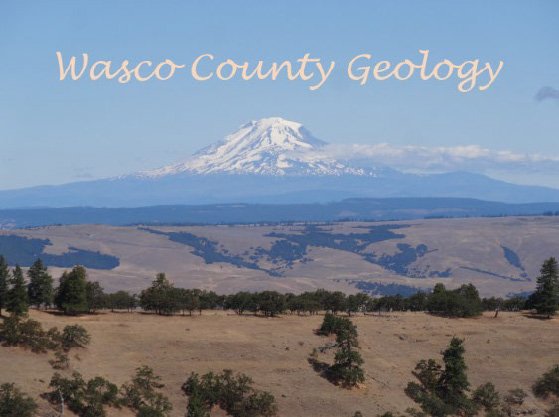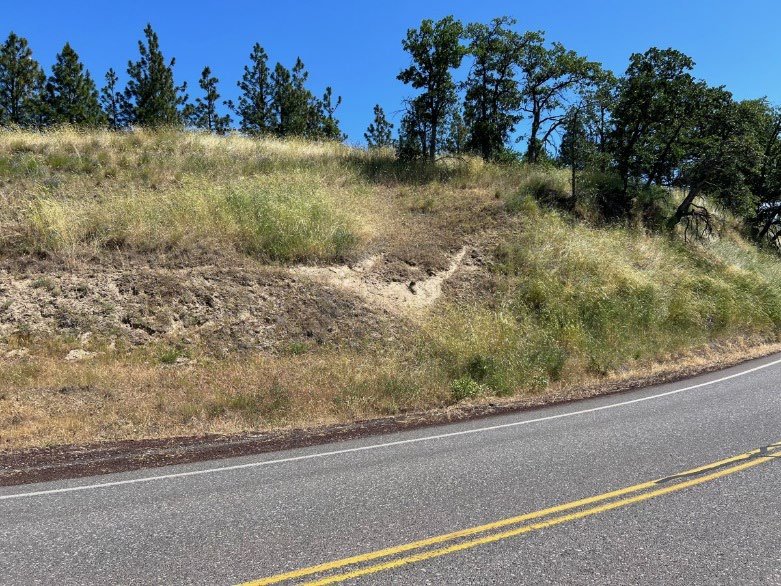Privacy Policy
/UPDATED JAN 2020
1. Names, addresses, home phones and emails are listed in our database, and this private data is available to GSOC Board members for use in maintaining membership records and historical information. This information is intended solely for GSOC internal affairs. It is not intended, and will not be used for, any commercial mail or email or any other commercial use.
2. You have complete control over the data that you would like to be public and private on the membership directory profile. If you sign up for an activity, your activity leader will have access to your profile information for purposes of scheduling and in order to ensure your safety on the activity.
3. We never sell our membership or contact list. We may partner with another organization to disseminate information that we think is relevant to you. In this case, we will send out information from our partner to you but we will not share your information directly with the partner.
4. If you do not want your personal information to be included in the online directory, please email us at membership@GSOC.org







































































